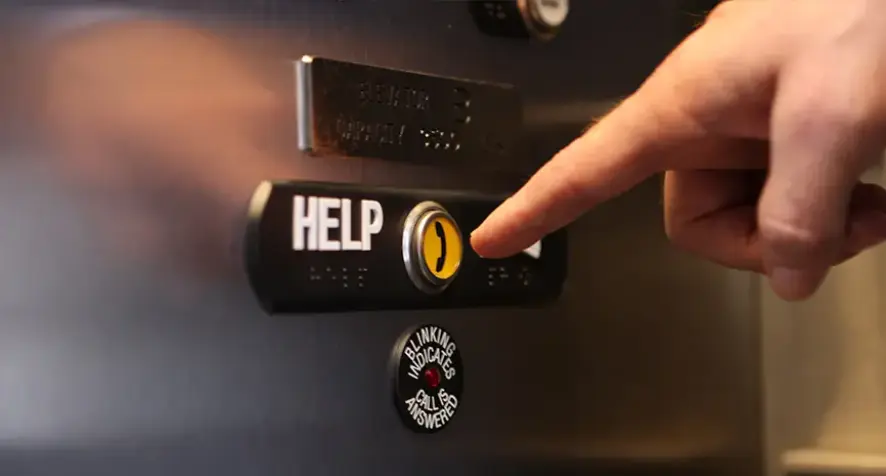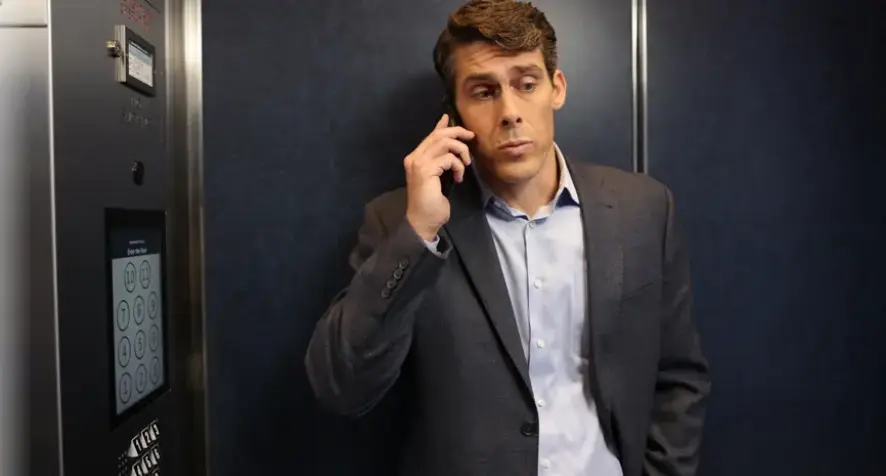The Evolution of Elevator Phones
We’ve all been in an elevator and seen that emergency button and wondered what would happen if you actually needed to push it. For much of the early history of elevators, passengers would communicate directly with elevator operators who guided traffic, opened and closed elevator doors and directed the movement of the elevator car. In the late 1800s, this all started to change.
The first elevator buttons were introduced in 1892. This innovation was followed by the ability to control elevators through electronic signals in 1924. In 1926 building code began being introduced that required elevators to have an alarm for passengers to ring if they were in need of help.
Eventually, in 1950 the first elevator without an operator was installed in Dallas, TX, at the Atlantic Refining Building. At first, the public didn’t know what to do with these elevators that could operate on their own. Questions related to how the passenger would interact with the elevator and its supporting systems continued. Many buildings even experienced significant reduction in the use of their elevators as passengers didn’t trust this relatively new transportation technology without a person operating the controls.

This led to the creation of the elevator emergency call button. The call buttons first appeared on elevators in 1968 as actual phone handsets, eventually becoming a mandated feature starting in 1976. The advancement to two-way communication over the alarm bell provided several advantages. For one, two-way communication allowed the passenger to clearly describe how the elevator was operating to the person on the other end of the line. Having the details of what is happening inside of an elevator during an emergency can help prioritize elevator or emergency rescue personnel if multiple outages are happening simultaneously. If there is a medical emergency inside an elevator, medical personnel can be dispatched. Voice communication back and forth between emergency personnel and the passengers of an elevator can also serve to reduce stress of any panicked passengers inside the elevator.
Since first becoming a standard requirement, the evolution of elevator phone technology has made some progress. Initially, elevator telephones were wall-mounted phones with a cord, handset and either a rotary dial or a touch-tone keypad. Modern elevator telephones have evolved to be single-button programmable telephones that automatically dial a live person 24 hours a day. Today’s elevator phones must fully comply with ADA, ASME and IBC code requirements and be accessible for those with disabilities or the hearing impaired.

Essentially, elevator phone systems come in three forms:
- POTS – The Plain-Old Telephone Service. This was the original technology used for elevator emergency phones and has been the system standard across the globe since phones became an elevator requirement. While POTS lines are reliable, they’re becoming significantly more and more expensive as telecommunications providers try to move away from what is quickly becoming an outdated technology.
- VOIP – Voice-over-IP phones offer a connection for elevator phones through the Internet.
- Cellular – Emergency phones that work by utilizing a cellular transceiver placed outside of the concrete and steel-lined elevator shaft with the cellular unit positioned for signal strength and reliable access to power. The signal is sent via a cellular communicator, but copper wiring connects the device in the elevator cab to the externally placed transceiver, eliminating the tricky signal challenges your typical cell phone experiences when inside an elevator.

The latest updates to ASME building codes have even begun requiring visual support for two-way communication into an elevator cab. This assures that someone who is reliant upon sign language or other hand-signaling to communicate can effectively tell emergency personnel what is happening within their elevator. It also allows emergency personnel to see into a cab if someone is having a heart attack or is otherwise unconscious.
These continuous improvements to the emergency elevator phone systems ensure that elevator passengers are experiencing increased safety during their vertical transportation experiences.
To learn more about how TK Elevator Digital Services can help you support and improve your elevator phone systems, contact your local branch today.
 United States
United States

